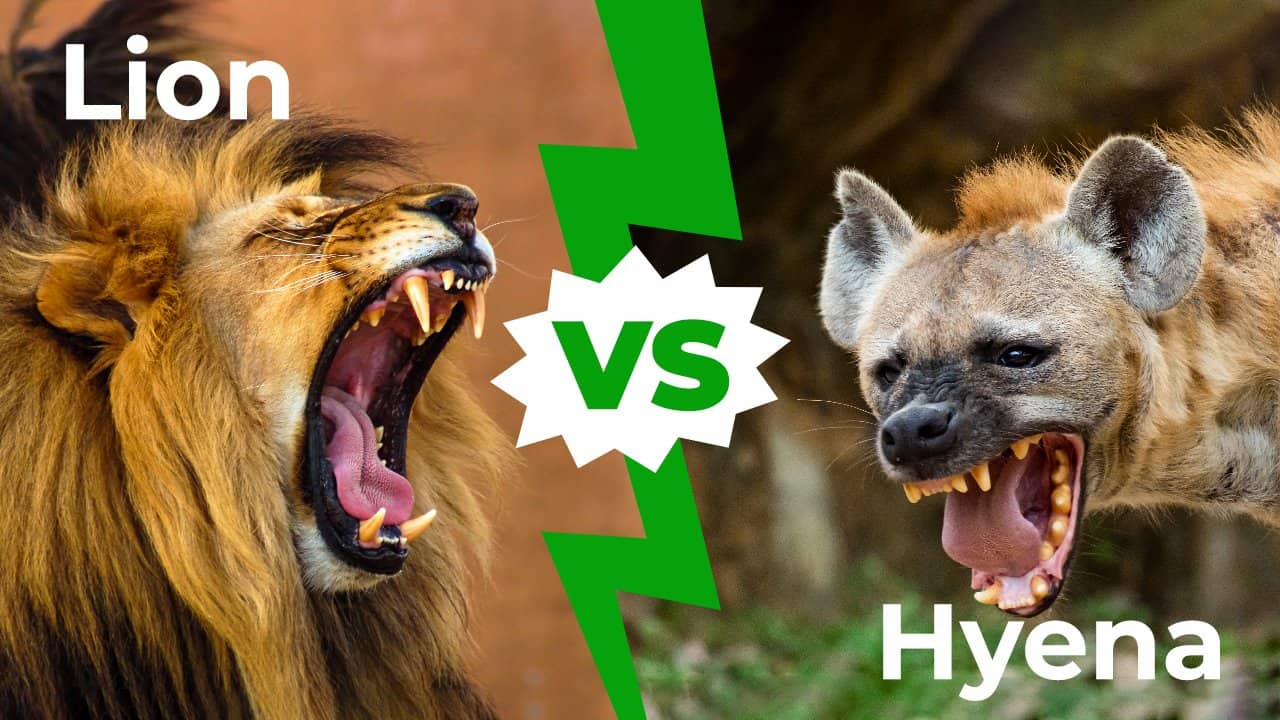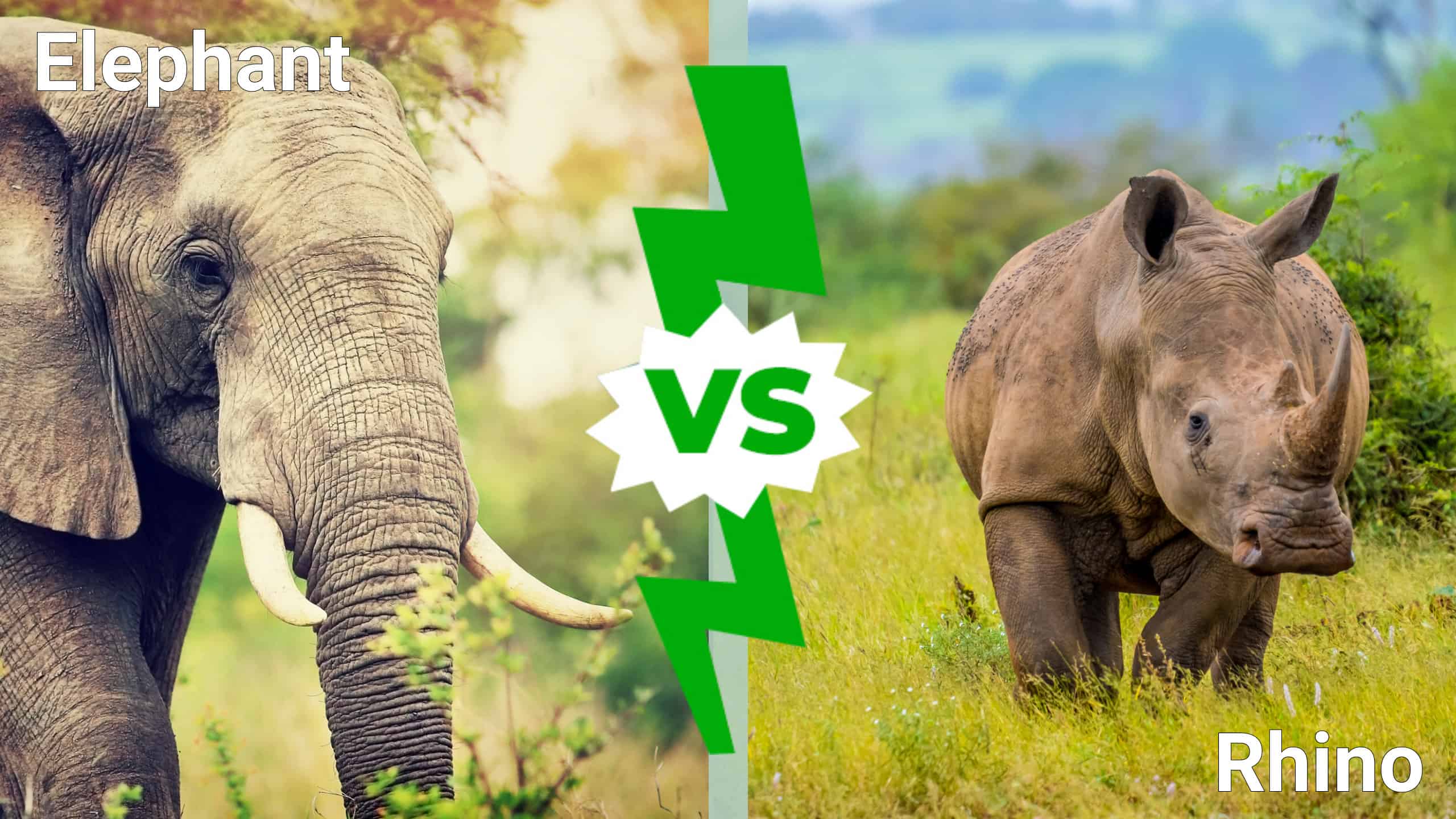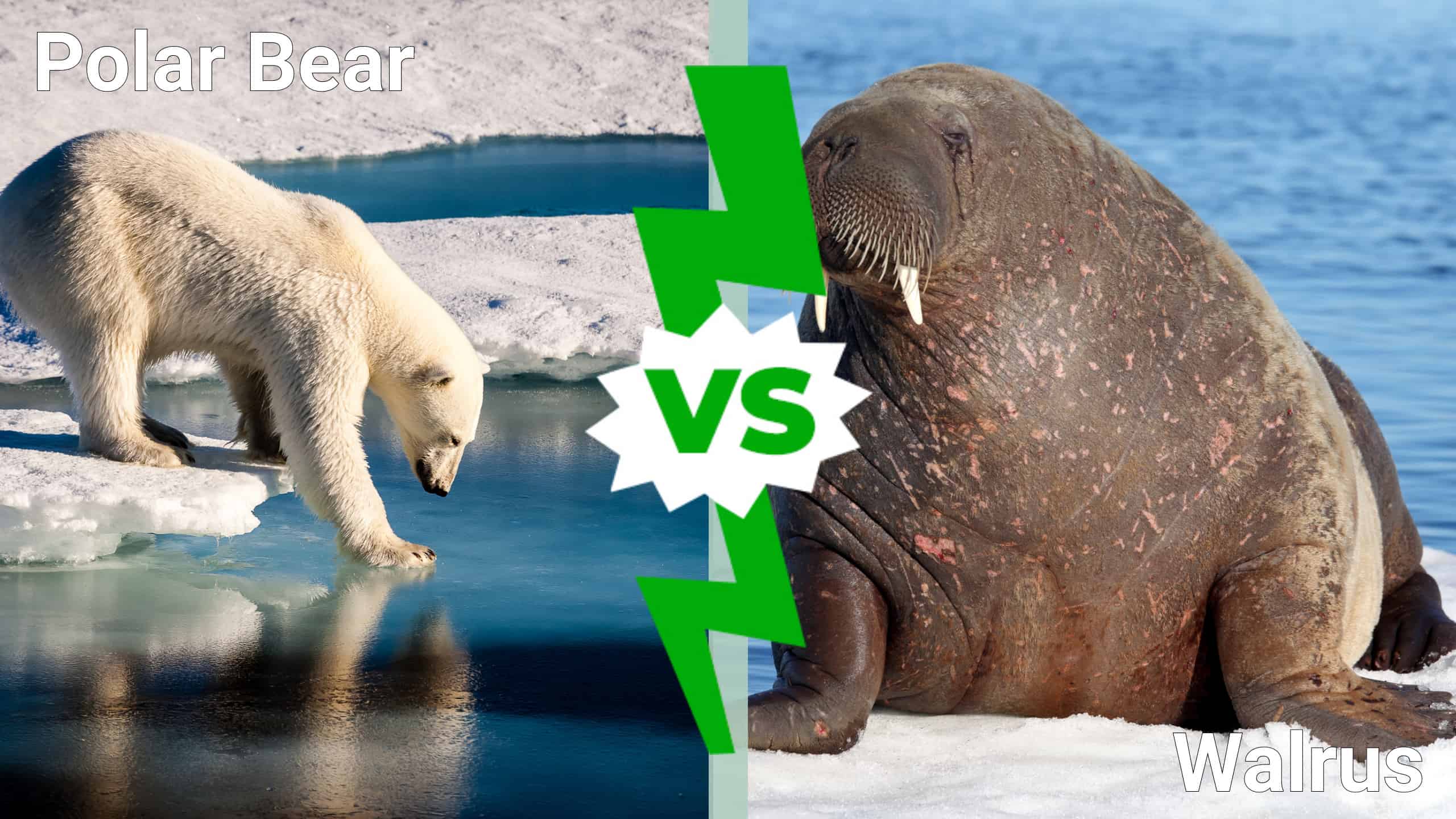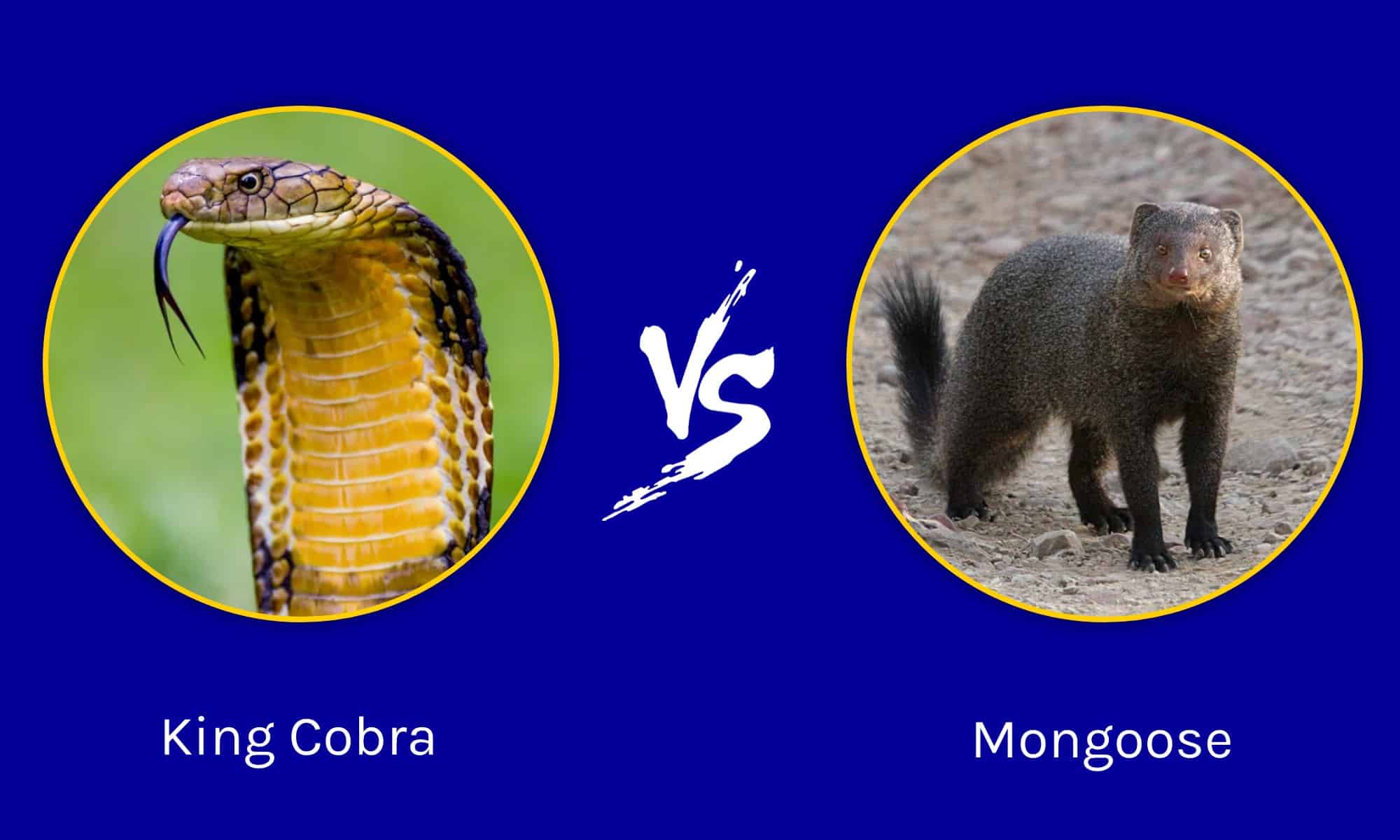Conflict is a natural part of the world. Humans engage in conflict due to differing ideas and beliefs, while animals get into conflicts over shared resources. Over time, specific conflicts develop between two or more animals, leading to rivalries.
Human rivalries test individuals’ skills, forcing them to improve to compete against an adversary. A healthy rivalry will make both parties better through greater knowledge, wisdom, strength, or effectiveness at a particular skill.
Animal rivalries are based on a fierce competition for survival and finding their place in the food chain. Animals within the same species may fight during mating season, but it is just as common for different species to fight one another in a dramatic display.
Here are several animal rivalries that shake the ecosystem, and who most often emerges as the victor.
Animal Rivalries and the Winners
Lion vs. Hyena

Lions and hyenas both live in the African savannah. Despite plenty of space to roam, they often share a hunting ground because they both feed on prey like antelope, wildebeest, snakes, and zebras. Both predators require eating freshly killed meat to stay healthy, and both live in packs. Also, lions and hyenas will hunt each other’s cubs, prompting fights to ensue.
Lion Stats: Lions are 3-4 feet tall, 10 feet long, 330-550 pounds, live 8-16 years, can run up to 50 mph, have a bite force of 650 psi (pounds per square inch), large claws, and sharp teeth.
Hyena Stats: Hyenas are 3-5 feet tall, 90-170 pounds, live 8-16 years, have a bite force of 1100 psi, can run 35-40 mph, have sharp teeth, and possess a strong body.
Winner: A single lion can defeat a single hyena in most confrontations. Despite hyenas having a stronger bite force and stalky body, lions have superior size, strength, and speed. A group of hyenas could overpower a single lion, but a pride of lions would scare off a cackle of hyenas.
Lions are the apex predator and “king of the jungle” because they are the biggest and strongest predator in the region. As the top carnivore, lions combat other threats like jaguars, cheetahs, and wild dogs, all of whom lose because lions are too strong to take down.
Dolphin vs. Shark

Dolphins and sharks can be seen as complete opposites of each other. Shark imagery invokes fear, strength, and brutality thanks to modern media and accidental attacks. Dolphins are more playful, friendly, and curious, and often welcoming to humans.
In the wild, these animals compete for fish and space. For this rivalry, the following stats are for a healthy bottlenose dolphin and a healthy great white shark.
Dolphin Stats: Dolphins weigh 200-660 pounds, are 6-13 feet long, swim 20-33 mph, have a bite force of 500 psi, have strong noses to poke and stun prey, live in pods between 2-30 members, and feature horizontal tail fins for better vertical movement.
Shark Stats: A great white shark weighs 1,500-2,500 pounds, is 11-21 feet long, swims at 20-35 mph, has serrated teeth for fast tearing of flesh, uses rows of teeth for additional piercing damage, has a bite force of 4000 psi, and features hard cartilage to protect their body and aid them in the water.
Winner: In most situations, dolphins emerge victorious over sharks. A single bite from a shark will kill a dolphin quickly, but dolphins have better vertical mobility, allowing them a better chance to outmaneuver sharks. Additionally, dolphins work in pods of large families that can communicate and target the shark’s weak points, like the underbelly and gills. In the end, sharks are beaten into submission.
There are many stories of dolphins defending swimmers from sharks by using their greater numbers to protect the swimmers and combat the sharks.
Elephant vs. Rhino

Herbivores will also form rivalries because they are seeking space for their young to rest, spots to relax in the shade, or better foliage to feed on. Elephants and rhinos are an unlikely animal rivalry in the wild, but due to their large size, skirmishes occur over grazing space.
Elephant stats: Elephants have powerful tusks made of ivory, weigh 8,000-13,000 pounds, have a long trunk for better dexterity, can run up to 25 mph, and have keen senses. It is well documented that elephants are incredibly intelligent animals, capable of problem-solving, recalling information from previous years, facial recognition, and creativity. They have excellent hearing and a sense of smell, with debatably poor eyesight (depending on the individual).
Rhino stats: Rhinos weigh 1,700-3,000 pounds, have a long nasal horn, can run at 31-35 mph, have short legs for better balance, have a strong sense of smell and hearing, but also possess slightly poor eyes (depending on the individual). Most rhinos have average-level intelligence, but black rhinos exhibit higher intelligence, rivaling elephants with problem-solving, learning, and adaptive behavior.
Winner: Typically, a skirmish between an elephant and a rhino ends in a draw. Elephants and rhinos are aware that attacking each other could cause severe injury and leave them susceptible to predators. A rhino could win if they used their horn to strike underneath the elephant. An elephant could win if they inflicted deep cuts with their tusks and flipped the rhino, before crushing the victim with their massive weight. However, both animals recognize the risks, and one typically backs away to graze elsewhere.
Polar Bear vs. Walrus

Polar bears and walruses both live in the cold tundra of the Northern Hemisphere near the Arctic. Walruses feed on a healthy supply of fish they grab from the ocean, Polar bears feast on anything they can get their paws on, including walrus meat when food is scarce. This sets up a unique battle wherein the prey has a strong chance of combating a predator.
Polar bearstats: A polar bear weighs 550-990 pounds, has a bite force of 1200 psi, can run up to 25 mph, has sharp teeth, excellent senses, and fur that hides their presence with the landscape.
Walrusesstats: A walrus weighs 2,200 pounds, is an adept swimmer, has large tusks, lives in large communities, and is experienced in combat due to constantly fighting rival males during mating season.
Winner: The winner of this fight depends on the location and surroundings. In the water, a walrus can effectively overpower and kill a polar bear because their bodies are better adapted to traveling in the ocean. On the land, a polar bear has the advantage of mobility, but the walrus is still bigger and has more experience with throwing its weight around and using its tusks for combat. If the polar bear can secure a clean bite on the walrus’ neck, it could win.
However, walruses live in groups, and a group of walruses and seals will completely overpower and drive off a polar bear.
Mongoose vs. Cobra

Most people have heard that the best way to combat a cobra is via mongoose. This real event happens between cobras and mongooses because they are natural rivals and predators. Specifically, mongooses are natural predators of cobras.
Mongoose stats: A mongoose has small but sharp teeth and claws, can run up to 20 mph, lives 10-15 years, and has exceptionally fast reflexes.
Cobra stats: A cobra is 10-18 feet long, slithers at 12 mph, is highly venomous (some can shoot jets of venom into an opponent’s eyes with precise accuracy), and displays long fangs and fast reflexes.
Winner: Mongooses win almost all confrontations with cobras. The mongoose is designed to be a cobra-killer, serving as their natural predator in the wild. A mongoose stalks a cobra, racing around it with fast movements and using its quick reflexes to keep the cobra off balance. Once the snake is disoriented, the mongoose strikes the snake’s neck, killing it.
Wolf vs Coyote

Wolves and coyotes are both canine carnivores that can share territory and food because of their natural resilience and adaptive behavior. The animals do not always fight one another, but they do uniquely compete for food.
Wolf stats: Wolves are 5-6 feet long, weigh 70-80 pounds (depending on type), can run up to 35 mph, have a bite force of 400 psi, have excellent senses, and work in packs to take down larger prey.
Coyote stats: Coyotes are 2 feet tall, 4 feet long, weigh 22-33 pounds, can run up to 43 mph, have a bite force of 88 psi, are solitary animals but can work in pairs to hunt prey, and have equally excellent senses.
Both predators are moderately intelligent and capable of problem-solving and adapting to situations as they arise.
Winner: In direct conflict, wolves easily overpower coyotes. Wolves are bigger, stronger, and have a more devastating bite than coyotes. Despite the coyote’s speed and cunning, wolves have too many advantages, making them the clear winners in any confrontation.
Summary of Animal Rivalries and Winners
| Animal 1 | Animal 2 | Winner |
|---|---|---|
| Lions | Hyenas | Lions: taller, stronger, pack hunters |
| Bottle-nose Dolphin | Great White Shark | Dolphins: better vertical mobility, pack hunter, communication, and blunt trauma |
| Elephant | Rhino | Draw: Risk too high for direct engagement, intimidation tactics to chase the other away. |
| Polar Bear | Walrus | In water: Walrus On land: Polar bear or Walrus (in group or precise hit) |
| Mongoose | Cobra | Mongoose: faster reflexes, tactical superiority |
| Wolf | Coyote | Wolves: bigger, stronger, pack hunter |
The photo featured at the top of this post is ©
Thank you for reading! Have some feedback for us? Contact the AZ Animals editorial team.







